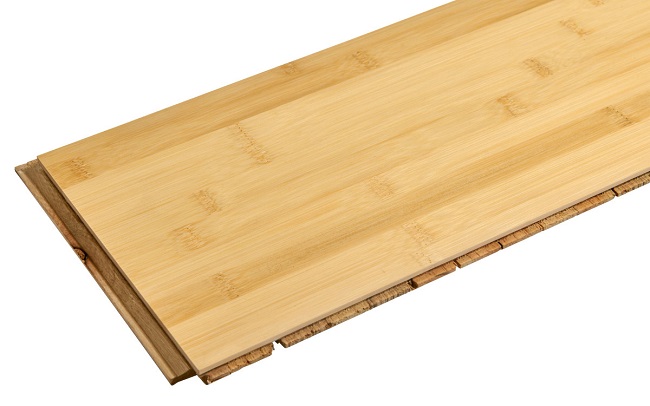Bamboo flooring has become an increasingly popular choice for homeowners seeking an eco-friendly and durable flooring option. Within the realm of bamboo flooring, there are two main types that often get compared: engineered bamboo flooring and strand woven bamboo flooring. While both offer numerous benefits, they have distinct differences that can influence your decision when selecting the right flooring for your space. Let's delve into what sets them apart:
1. Construction:
Engineered Bamboo Flooring: Engineered bamboo flooring is constructed with a layered design. The top layer, or wear layer, is made of bamboo veneer, while the core layers are typically composed of plywood or fiberboard. This construction enhances stability and durability while retaining the natural beauty of bamboo.
Strand Woven Bamboo Flooring: Strand woven bamboo flooring is crafted from shredded bamboo fibers that are compressed under extreme pressure and high heat. This process results in a highly dense and durable material that is even harder than traditional hardwoods like oak or maple. Unlike engineered bamboo, there are no layers in strand woven bamboo; it's a solid piece of material throughout.
2. Durability:
Engineered Bamboo Flooring: Engineered bamboo flooring offers good durability, but its lifespan may not match that of strand woven bamboo. The wear layer protects the surface from scratches and dents, but excessive wear over time may reveal the underlying core layers.
Strand Woven Bamboo Flooring: Strand woven bamboo flooring is renowned for its exceptional durability. Its dense composition makes it highly resistant to scratches, dents, and moisture damage, making it an ideal choice for high-traffic areas in the home.
3. Appearance:
Engineered Bamboo Flooring: Engineered bamboo flooring typically retains the natural appearance of bamboo, with a range of grain patterns and colors available. The engineered construction allows for a consistent appearance across planks.
Strand Woven Bamboo Flooring: Strand woven bamboo flooring has a distinctive look characterized by its unique grain pattern and texture. The manufacturing process creates a more uniform appearance compared to traditional bamboo flooring, with a higher degree of color consistency.
4. Environmental Impact:
Both engineered and strand woven bamboo flooring are considered eco-friendly options due to bamboo's rapid growth and sustainability. However, some argue that engineered bamboo may have a slightly higher environmental impact due to the use of adhesives and other materials in its construction.
5. Cost:
Engineered Bamboo Flooring: Engineered bamboo flooring tends to be more affordable than strand woven bamboo. Its layered construction allows for cost savings without compromising on quality or aesthetics.
Strand Woven Bamboo Flooring: Strand woven bamboo flooring is generally more expensive due to its manufacturing process and superior durability. However, many homeowners view it as a worthwhile investment due to its longevity and performance.
Conclusion: Engineered bamboo flooring is manufactured by bamboo with wood, they are laminated together with cross structure, the main advantage is for radiant heating installation because the thin wood layer can transfer the heat very fast. Strand woven bamboo flooring is solid press of bamboo strips, very high density even over than most of hardwood species. Strand woven has click lock style and it is sealed with wax to prevent the moisture enterring into the flooring.When choosing between engineered bamboo flooring and strand woven bamboo flooring, consider your priorities regarding durability, appearance, and budget. Engineered bamboo offers a balance of affordability and performance, making it suitable for a wide range of applications. On the other hand, strand woven bamboo excels in durability and has a distinctive look that appeals to many homeowners willing to invest in a premium flooring option. Ultimately, both types of bamboo flooring offer numerous benefits and can enhance the beauty and value of your home while minimizing environmental impact.
